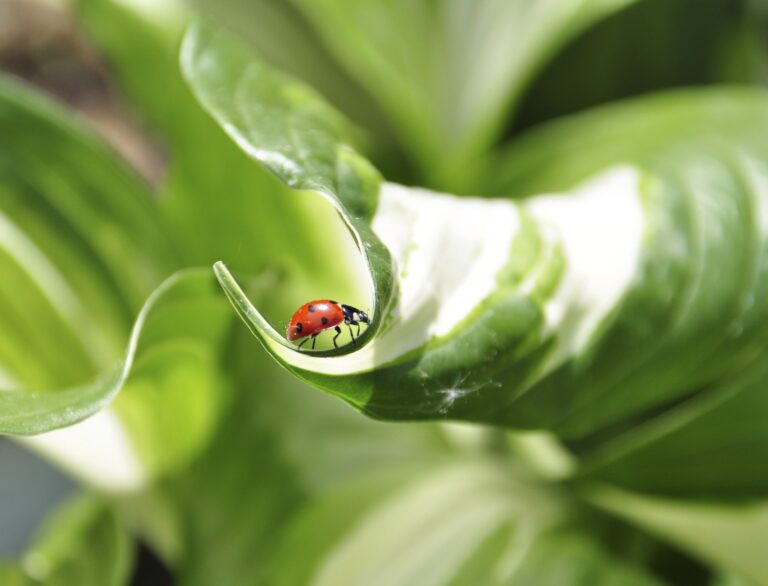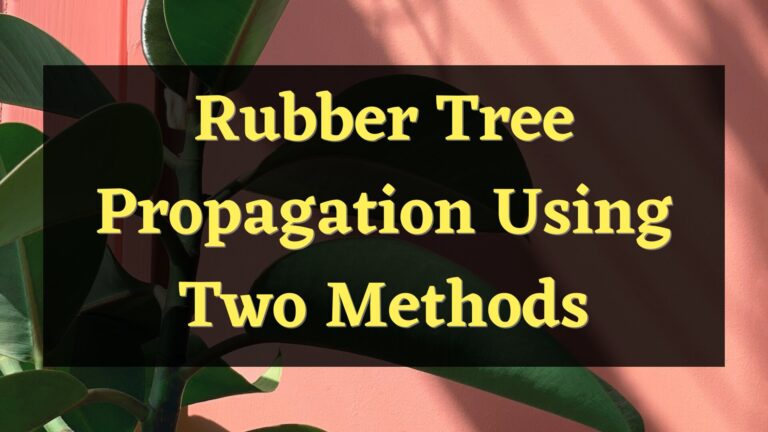I will cover all of the necessary information that you need to know about propagating a Swiss cheese plant in this article. A Swiss cheese plant can be grown in three different methods. You can either propagate them from moss, water, or soil. I will explain every method and provide you with steps in each one of them so you can determine how to plant your own Swiss cheese plant.

Different Methods to Propagate a Swiss Cheese Plant
You have three options on how to propagate your Swiss cheese plant. Each of these options has its steps that you must follow. Before even trying to propagate this plant, you must have at least one of the three steps.
Propagating Swiss Cheese Plant in moss
Setting up your container
Prepare a container and fill it with moss. A plastic container will help maintain the humidity inside the container. Prop the lid slightly in an upward direction so that fresh air can freely move through the container and prevent things from getting too dank. If your container becomes too dank, this will result in your plant’s roots prematurely rotting.
Obtain a Swiss cheese cutting
Cut the stem of an adult Swiss cheese plant from its base. Remove the unnecessary leaves and soak the cutting in water overnight to hasten its propagation.
Planting
Plant the cutting that you had previously soaked in water into the container filled with moss. Make sure that the moss is damp and that fresh air can freely move in and out of the container.
Monitoring
Monitor your cutting regularly. Within a couple of days, from the bottom of the container where you put your Swiss cheese cutting, you should notice signs that the roots of your Swiss cheese plant are already emerging. This means that your Swiss cheese plant is fully established and is ready to be transferred to a pot.
Transplanting
Fill about three-fourths of the pot with a loamy and well-draining mixture of soil. First, dampen the soil mixture before putting your young Swiss cheese plant. Carefully pull moss out of the container and place it properly on top of the soil mixture that you have prepared. Make sure to keep the moss and soil around your young plant moist to prevent your plant from dehydration.
Find a suitable location for your plant
Find a location that always has access to light but also make sure that it is not directly exposed to sunlight. Swiss cheese plants like sunlight but directly exposing them to it may lead to their leaves burning and causing sunburns.
Watering
Ensure that you are watering your Swiss cheese plant once a week. Check the soil first before watering your plant. If you ever noticed that the soil is drying up, you can immediately water your young plant. On the other hand, if your plant is already scheduled to be watered but the soil is moist, you can postpone watering your plant till the soil dries up.
Propagating in water
Prepare the container
Prepare the container where you are about to put your Swiss cheese cutting. Fill the container with water. Make sure the water is on an adequate level so that the cutting wouldn’t drown.
Prepare your Swiss cheese cutting
Cut a stem of an adult Swiss cheese plant. Make sure to cut the stem at its base so that it could reasonably reach the water when it is placed in the container that you are about to put it in.
Find a suitable place to let your cutting propagate properly
Move the cutting to a bright place with indirect sunlight. Monitor your cutting within a few days to a few weeks. If you think that your cutting is established enough, you can opt-out to transfer it to a new pot.
Repotting
Prepare a pot with a good draining system. The ideal pots to be used are the ones that have at least 5 drain holes in them. Fill up to three-fourths of the pot with a well-draining soil mixture. This type of soil will allow water and oxygen to flow inside the pot. Carefully transfer the cutting to its new pot.
Monitoring
Monitor the soil around the pot and if the soil feels even a little dry, do not hesitate to water your Swiss cheese plant. On the other hand, if the soil is still moist on the surface, refrain from watering your plant until the soil becomes dry.
Propagating in Water
This method is probably the hardest way to propagate a Swiss cheese plant as you always need to keep the moisture around the soil for the plant to successfully propagate. And, keeping the soil moist is harder than it sounds.

Preparing a pot
Prepare a pot that has a good draining system. This type of pot will help keep your soil moist and won’t let the water stagnate deep down the pot. The drainage holes are very important as you would want to always water the plant to keep the soil moist but would also not want the water to stand on the pot.
Prepare your cutting
Obtain a cutting from an adult Swiss cheese plant. Make sure to cut it at least 5 to 6 inches in length. And also make sure to include the node part of the plant as it won’t be able to grow new leaves and stems if the cutting has no nodes.
Find a suitable location
A Swiss cheese plant likes to have light but is very sensitive to full exposure to sunlight. You must find a spot that is well-lighted but not directly exposed to sunlight.
Monitoring
It is important to always monitor your young plant, especially in its growing period. Regularly check if a new root emerges, new stems pop out, or even if new leaves start growing. Knowing the state of your plant will allow you to prevent any sickness that your plant might catch before it is too late.
Watering
It is important to always check the soil around it first when watering your young Swiss cheese plant. When the soil is feeling dried up, immediately water your plant to keep the soil moist. On the other hand, do not water your plant if the soil is still moist. In order to prevent the water from stagnating on the plant’s roots, it is also crucial that you water your plant deeply.
What is the Best Method to Propagate a Swiss Cheese Plant?
The best method of propagating the Swiss cheese plant is by propagating it in moss. It is easy to keep the plant moist and keeping the moisture around the plant is very important for the plant’s propagation. However, the easiest way to propagate the Swiss cheese plant is to just directly put it in a container filled with water.
Can you propagate a Swiss cheese plant without a node?
Unfortunately, you won’t be able to grow a Swiss cheese plant from a cutting without a node. This is due to the fact that these nodes contain the structures that are necessary for a new Swiss cheese plant to grow. The leaves of this plant can stay in water for a long time and eventually be able to grow roots. However, a new stem and leaves can only grow from a node of the cutting of a Swiss cheese plant.
How long does it take to propagate a Swiss cheese plant?
Propagation of the cutting of a Swiss cheese plant usually takes up to two to three months before it can produce new leaves. It is important to know that only those cuttings that have nodes in them are the only ones that will be able to grow leaves and new stems. A leaf can grow a root by itself but won’t be able to produce a new stem and leaves.
Do Swiss cheese plants like direct sunlight?
The swiss cheese plants thrive in a variety of light conditions due to the fact that they are used to being on a dim jungle floor. However, its ideal spot is in a place that has plenty of medium light but being exposed to direct sunlight could cause sunburns. And if it is also too dark, the cut-outs on the swiss cheese plant’s leaves won’t be able to.
Conclusion
A Swiss cheese plant can be propagated with different methods. Although all of it is fairly simple, one way or the other has its own charm. If you want to have an easy time propagating your Swiss cheese plant, you can opt to propagate it in moss. If you want to have less work, propagate it in the water. And if you want to keep yourself busy and want to be taking care of your plant and be more hands-on about it, you can choose to propagate it directly in the soil.

Elizabeth Mcmillan is a passionate gardener with a strong interest in plants. She used to be a teacher, but Elizabeth has spent the last few years immersing herself in the world of plants, learning about their biology and cultural value and trying out different ways of growing them in her own garden. Elizabeth Mcmillan loves indoor plants, succulents, and cacti, and her friends and family know her as a plant care expert.







